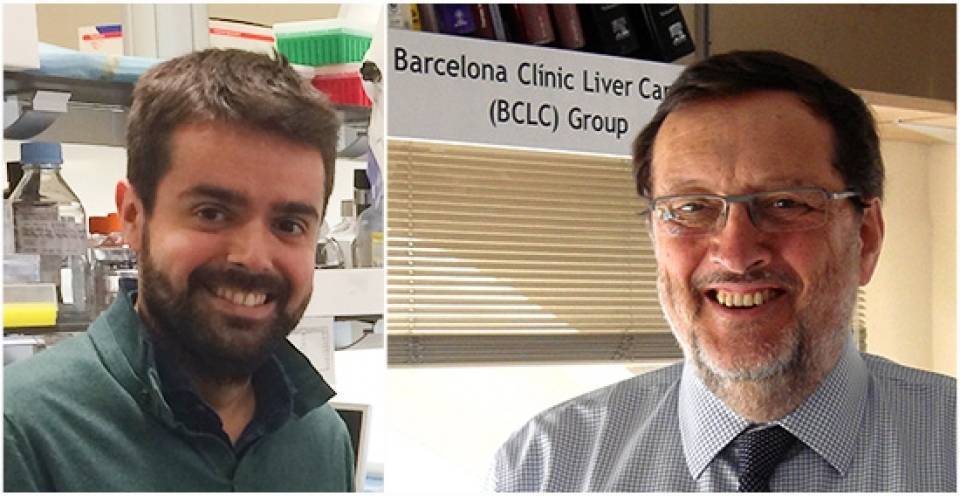Recognition to the scientific career in the study of liver cancer
The award Dr. Bruix will receive by the EASL is a recognition for the work of group he leads, the Barcelona Clinic Liver Cancer (BCLC), dedicated to clinical and translational research in liver cancer, which has just celebrated 30 years of existence. This group was founded by two researchers, Drs. Jordi Bruix and Concepción Bru, and now involves about 30 professionals from different specialties.
BCLC's work has received wide international recognition at all levels. This group has led major studies that have changed the epidemiological knowledge, diagnosis, prognostic evaluation and treatment of patients with liver cancer. As director of the BCLC Group, Dr. Bruix has conducted extensive research with a high impact factor. In fact, he is one of the most cited researchers in scientific journals according to the list published by the international agency Thomson Reuters. He has coordinated several clinical guidelines and has done an outstanding training job.
Young Investigator Award in Hepatology 2016
Dr. Gracia-Sancho, who has a degree in Biochemistry from the University Rovira i Virgili, conducted his PhD in the Hepatology Unit at Hospital Clínic under the direction of Drs. Jaume Bosch and Juan Carlos García-Pagán, and did his post-doctorate at Harvard University. Since 2012 he is a Ramón y Cajal researcher at IDIBAPS. Despite his youth, he has published 44 articles in scientific journals, leads five national and international research projects and he is the co-founder of Transplant Biomedicals, an IDIBAPS spin-off.
His research focuses in deepening in the understanding of vascular diseases such as liver cirrhosis, portal hypertension or ischemia and reperfusion syndrome. Moreover, part of his efforts is focused on the development of a microfluidic device that simulates in vitro the physiology of the liver, also called "liver on a chip". This technology is a camera that allows the simultaneous co-cultivation of the major cell types of the liver that simulates microenvironment inside of the organ. It is expected to be useful as an in vitro diagnostic tool, for studies of cell functioning, pharmacology and toxicity, and as a basis for developing a liver dialysis system.

